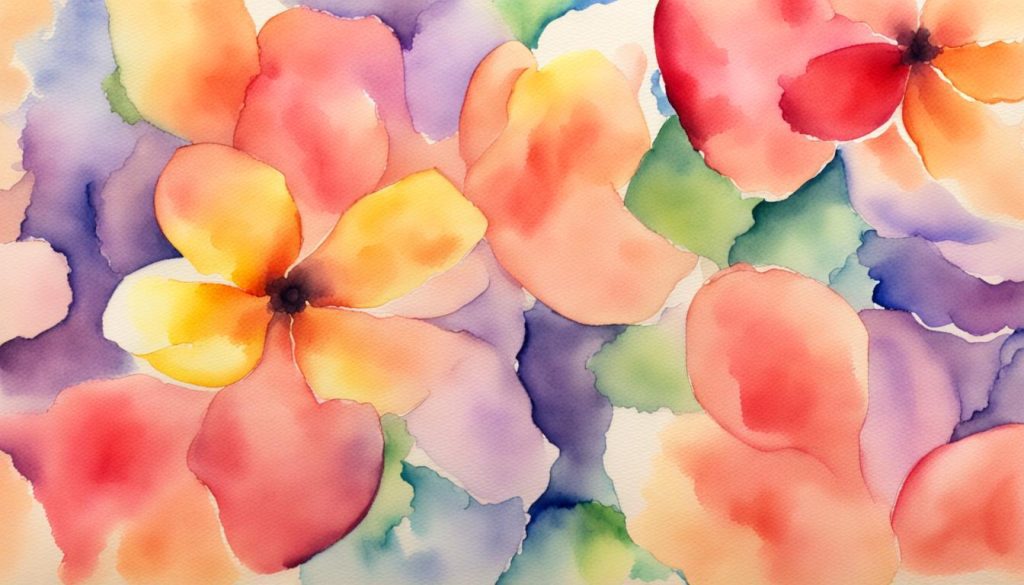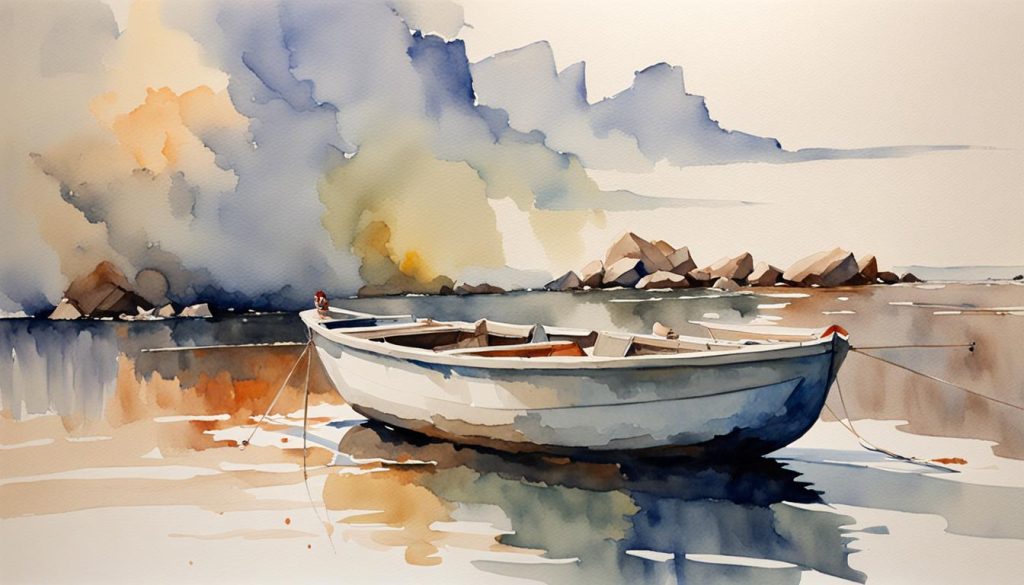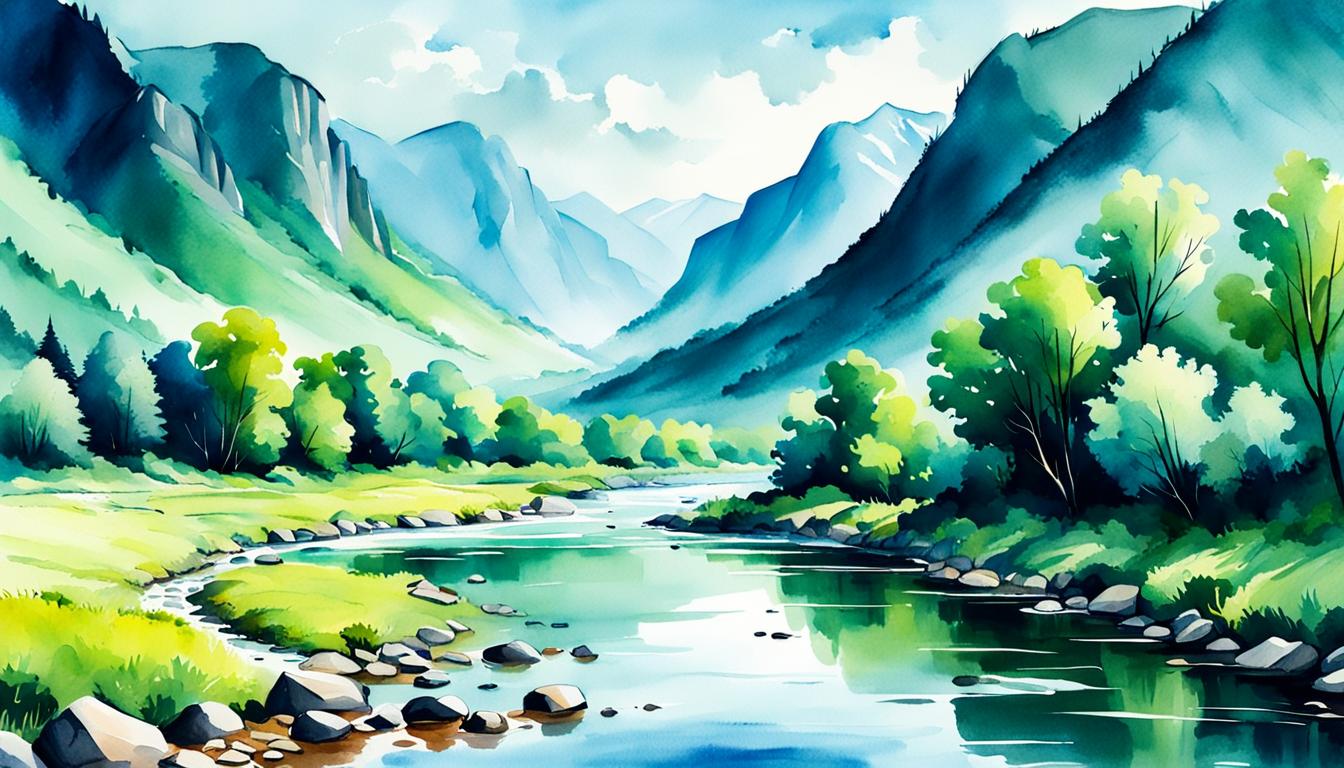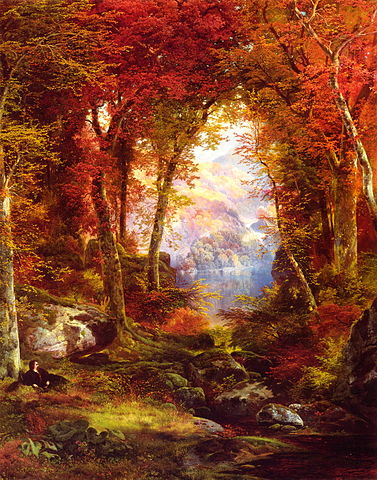Welcome to the fascinating world of watercolor painting, where colors dance and blend, creating a symphony of hues on paper. In this comprehensive guide, we will embark on a journey through the history, techniques, and expressive potential of this beloved art form. Whether you’re a novice eager to explore the vibrant possibilities of watercolor or a seasoned artist seeking to refine your skills, this guide will provide valuable insights and practical tips to unleash your creativity in the captivating realm of watercolor painting.

A Glimpse into the History of Watercolor Painting
Watercolor painting has a rich and diverse history, dating back to ancient civilizations. Early examples of watercolor techniques can be traced to Egyptian papyrus paintings and Chinese scroll paintings. However, it wasn’t until the Renaissance period that watercolor truly flourished as an independent art form. Artists like Albrecht Dürer and Hans Holbein the Younger embraced watercolor’s portability and immediacy, creating stunning landscapes and portraits that captured the essence of their subjects.
Understanding the Unique Properties of Watercolor
Watercolor’s allure lies in its unique properties that set it apart from other painting mediums. The water-based nature of watercolor allows for a remarkable degree of transparency and luminosity. This translucency enables artists to create layers of color that interact and blend, resulting in a luminous and ethereal effect.
Essential Watercolor Techniques for Beginners
- Brush Control: Mastering brush control is crucial in watercolor painting. Learn to vary the pressure and angle of your brush to achieve different effects, from delicate lines to broad washes.
- Color Mixing: Experiment with color mixing to create a vibrant palette. Start with a limited number of colors and gradually expand your collection as you gain experience.
- Wet-on-Wet Technique: This technique involves applying paint to wet paper, allowing the colors to flow and blend together, creating soft, ethereal effects.
- Wet-on-Dry Technique: In this technique, paint is applied to dry paper, resulting in more defined and controlled marks.
- Lifting and Blotting: Use a damp brush or tissue to lift and blot excess paint, creating highlights and textures.
Exploring Watercolor Painting Subjects

The versatility of watercolor allows artists to explore a wide range of subjects, including:
- Landscapes: Capture the beauty of nature with watercolor’s ability to render light, atmosphere, and depth.
- Portraits: Watercolor’s translucency lends itself well to capturing the subtle nuances and expressions of the human face.
- Still Life: Watercolor’s ability to depict textures and light makes it ideal for painting still life compositions.
- Abstract Art: Watercolor’s fluidity and spontaneity make it a great medium for creating abstract and experimental works.
Tips for Enhancing Your Watercolor Skills
- Practice Regularly: Consistent practice is key to improving your watercolor skills. Dedicate time each day to experiment and explore different techniques.
- Study the Masters: Learn from the techniques and styles of renowned watercolor artists. Analyze their work and incorporate their insights into your own practice.
- Experiment with Different Papers: The choice of paper can significantly impact the outcome of your watercolor paintings. Experiment with different textures and weights to find the one that best suits your style.
- Join a Watercolor Community: Connect with other watercolor enthusiasts to share ideas, receive feedback, and participate in workshops and exhibitions.
Conclusion: Embracing the Magic of Watercolor
Watercolor painting is a captivating art form that offers endless possibilities for creative expression. With its unique properties of transparency, luminosity, and spontaneity, watercolor allows artists to create stunning works of art that capture the essence of their subjects. Whether you’re a beginner eager to explore the basics or an experienced artist seeking to refine your skills, this guide has provided valuable insights and practical tips to help you unleash your creativity in the enchanting world of watercolor painting.


